
How long would a trip to every planet take? The Answer Will Bend Your Mind
Space travel has captivated human imagination for generations, but the reality of interplanetary travel times might surprise you. While science fiction makes hopping between planets look effortless, the actual distances involved would require journey times that span months, years, and even decades. Understanding these travel durations helps put our solar system’s immense scale into perspective and reveals why space agencies spend years planning each mission with precision timing and advanced propulsion systems.
Table of Contents
Understanding Planetary Distances and Orbital Mechanics
The distance between planets constantly changes as they orbit the Sun at different speeds and follow elliptical paths. This creates optimal launch windows called “conjunction opportunities” that occur when planets align favorably for travel. Missing these windows can add years to mission duration or make journeys prohibitively expensive in terms of fuel requirements.
Current Spacecraft Technology Limitations
Modern spacecraft rely primarily on chemical propulsion, achieving speeds of approximately 25,000 to 40,000 miles per hour relative to Earth. While these velocities sound impressive, they pale compared to the vast distances between worlds. Ion drives and solar sails offer more efficient alternatives but typically provide lower thrust, extending travel times significantly.
Mercury: The Swift but Challenging Destination
Travel Time: 2-7 months
Mercury presents unique challenges despite being our closest planetary neighbor during certain orbital alignments. The planet’s proximity to the Sun creates intense gravitational effects and extreme temperature variations that complicate mission planning.
Mission Planning Considerations
Spacecraft must approach Mercury carefully, using gravity assists from Venus to slow down rather than fighting the Sun’s gravitational pull directly. The BepiColombo mission, launched in 2018, required seven years and multiple planetary flybys to reach Mercury safely in 2025.
Key Factors Affecting Travel Time:
- Launch window timing relative to Mercury’s 88-day orbit
- Required velocity changes for orbital insertion
- Heat shielding and thermal management requirements
Venus: Earth’s Hellish Twin
Travel Time: 5-9 months
Venus offers the shortest travel times among planetary destinations due to its proximity to Earth and favorable orbital mechanics. However, the planet’s crushing atmosphere and surface temperatures exceeding 900°F make it one of the most hostile environments in our solar system.
Successful Mission Examples
The Soviet Venera program achieved multiple successful landings on Venus, though spacecraft survived only hours on the surface due to extreme conditions. Modern missions like NASA’s Parker Solar Probe use Venus for gravity assists, completing flybys in approximately 6-7 months from Earth departure.
Optimal Launch Strategy:
- Direct trajectory during inferior conjunction
- Hohmann transfer orbit for fuel efficiency
- Atmospheric entry considerations for lander missions
Mars: The Red Planet Journey
Travel Time: 6-9 months
Mars represents the most feasible destination for human exploration, with travel times that align reasonably with current life support capabilities. The planet’s 26-month synodic period creates launch windows every two years, requiring precise timing for mission success.
Current Mission Performance
NASA’s Perseverance rover completed the journey to Mars in approximately 7 months, covering 293 million miles during its 2021 transit. SpaceX projects similar timeframes for their planned crewed missions, though advanced propulsion could reduce travel duration to 3-4 months.
Critical Planning Elements:
- Launch during optimal opposition alignment
- Entry, descent, and landing (EDL) system requirements
- Communication delays averaging 14-24 minutes

Jupiter: Gateway to the Outer System
Travel Time: 13-25 months
Jupiter’s massive gravitational influence makes it an excellent stepping stone for outer solar system exploration, but reaching the gas giant requires careful trajectory planning and substantial fuel reserves. The planet’s intense radiation environment presents additional challenges for spacecraft electronics and instruments.
Gravity Assist Benefits
Most outer planet missions use Jupiter flybys to gain velocity, reducing overall mission duration by years. The Voyager spacecraft demonstrated this technique, using Jupiter’s gravity to accelerate toward Saturn and beyond.
Mission Duration Factors:
- Direct vs. gravity-assisted trajectories
- Orbital insertion requirements
- Radiation protection needs
Saturn: The Ringed Giant
Travel Time: 2-3 years
Saturn’s distance from Earth creates extended travel requirements even with optimal launch timing. The Cassini-Huygens mission took nearly 7 years to reach Saturn, but this included multiple gravity assists and a complex trajectory designed to maximize scientific observations.
Advanced Mission Planning
Reaching Saturn efficiently requires multiple planetary flybys, typically including Venus, Earth, and Jupiter assists. These complex trajectories extend total mission duration but provide significant fuel savings and scientific opportunities.
Uranus and Neptune: The Ice Giants
Travel Time to Uranus: 8-10 years Travel Time to Neptune: 12-15 years
The outer ice giants present the ultimate challenge for interplanetary travel, requiring decades-long commitments and advanced mission planning. Voyager 2 remains the only spacecraft to visit both worlds, taking 12 years to reach Neptune after its 1977 launch.
Extreme Distance Challenges
These distant worlds orbit far beyond the asteroid belt, where solar energy becomes negligible and communication delays stretch to hours. Mission planners must account for equipment degradation, power system longevity, and limited ground communication opportunities.
Unique Considerations:
- Radioisotope thermoelectric generators (RTGs) for power
- Extended mission operations planning
- Equipment redundancy requirements
Revolutionary Propulsion Technologies
Ion Drive Systems
Ion propulsion offers dramatically improved fuel efficiency, though at the cost of reduced thrust and extended acceleration phases. The Dawn mission used ion drives to visit both Vesta and Ceres, demonstrating the technology’s potential for multi-target missions.
Nuclear Thermal Propulsion
NASA’s Nuclear Thermal Propulsion program aims to reduce Mars transit times to 3-4 months while enabling larger payload capacity. This technology could revolutionize outer planet exploration by cutting travel times in half.
Solar Sail Technology
Solar sails harness radiation pressure for continuous, fuel-free acceleration. While slow to build velocity, these systems could enable extremely long-duration missions to the outer solar system with minimal fuel requirements.
Future Mission Planning Considerations
Launch Window Optimization
Mission planners use complex algorithms to identify optimal launch windows that minimize travel time, fuel requirements, and arrival conditions. These calculations must account for planetary positions years in advance.
Multi-Planet Tour Missions
Advanced trajectory planning enables spacecraft to visit multiple worlds during single missions, using gravity assists and precise timing to maximize scientific return. Future missions may combine inner and outer planet objectives within extended timeframes.
Practical Implications for Space Exploration
Understanding planetary travel times helps explain why space missions require years of preparation and why international cooperation becomes essential for ambitious exploration goals. The extreme durations involved also highlight why robotic missions currently dominate planetary science, as human missions would require revolutionary life support advances.
Cost-Benefit Analysis
Extended travel times directly impact mission costs through ground operations, communications, and equipment longevity requirements. Shorter transit durations could dramatically reduce overall mission expenses while enabling more frequent exploration opportunities.
Conclusion
Interplanetary travel times reveal both the incredible scale of our solar system and the impressive achievements of current space technology. While reaching nearby planets like Mars requires months of travel, journeys to the outer worlds demand years or decades of commitment. These realities shape every aspect of mission planning, from spacecraft design to scientific objectives, and underscore why space exploration represents one of humanity’s greatest technical challenges.
As propulsion technology advances, these travel times may decrease significantly, opening new possibilities for human exploration and scientific discovery. Until then, understanding planetary distances helps us appreciate both the boldness of current space missions and the patience required for unlocking the solar system’s secrets.
Ready to explore more about space technology and mission planning? These incredible journey times represent just the beginning of humanity’s greatest adventure.
News in the same category


One Thing You Must Unplug During a Thunderstorm

Don't throw away sprouted potatoes, do it this way, the results are surprisingly good

Vietnam has a "miracle drug" that fights cancer and prolongs life. You can find it at the market

How You Make A Fist Shape Reveals a Lot
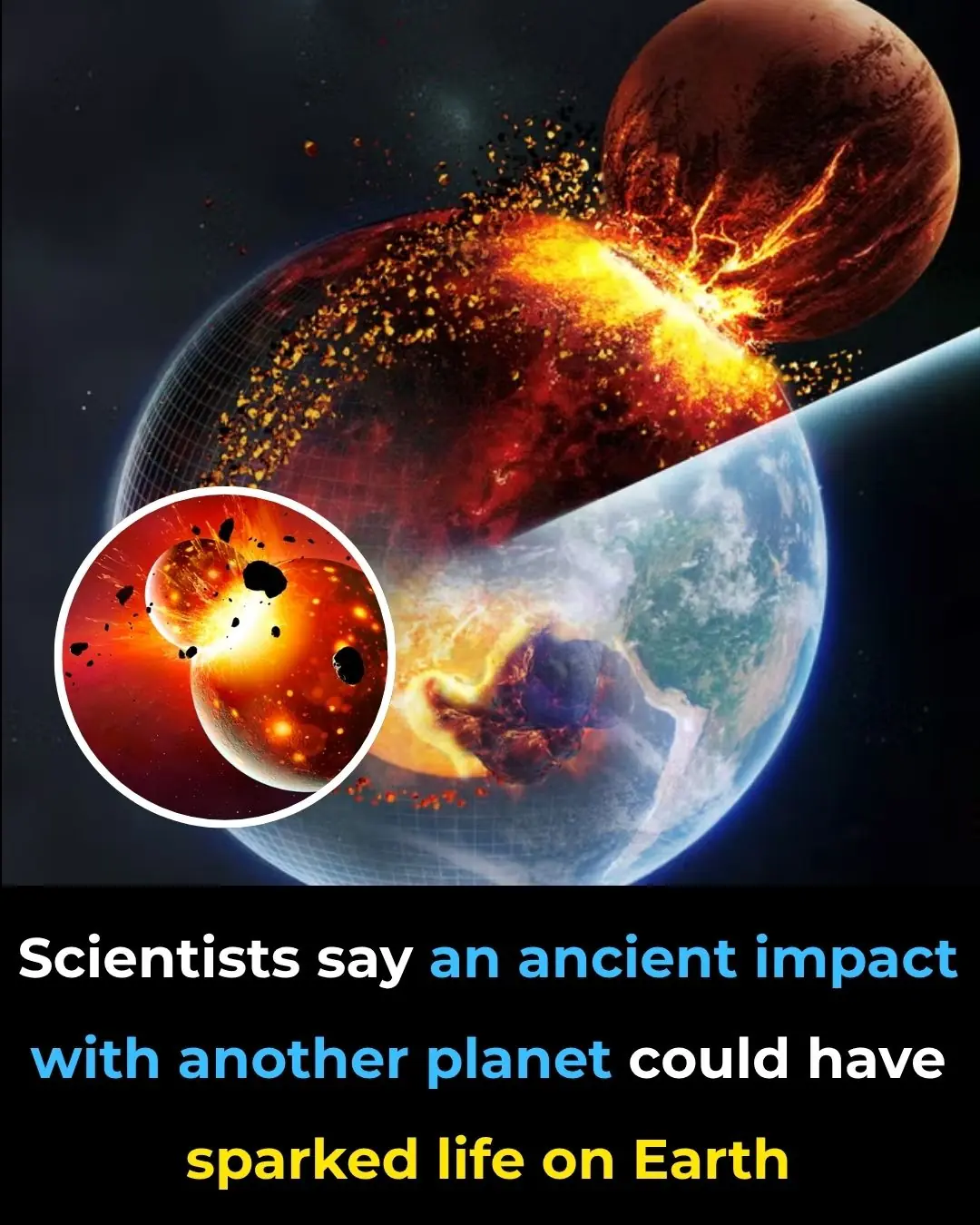
Scientists Say An Ancient Impact With Another Planet Could Have Sparked Life on Earth
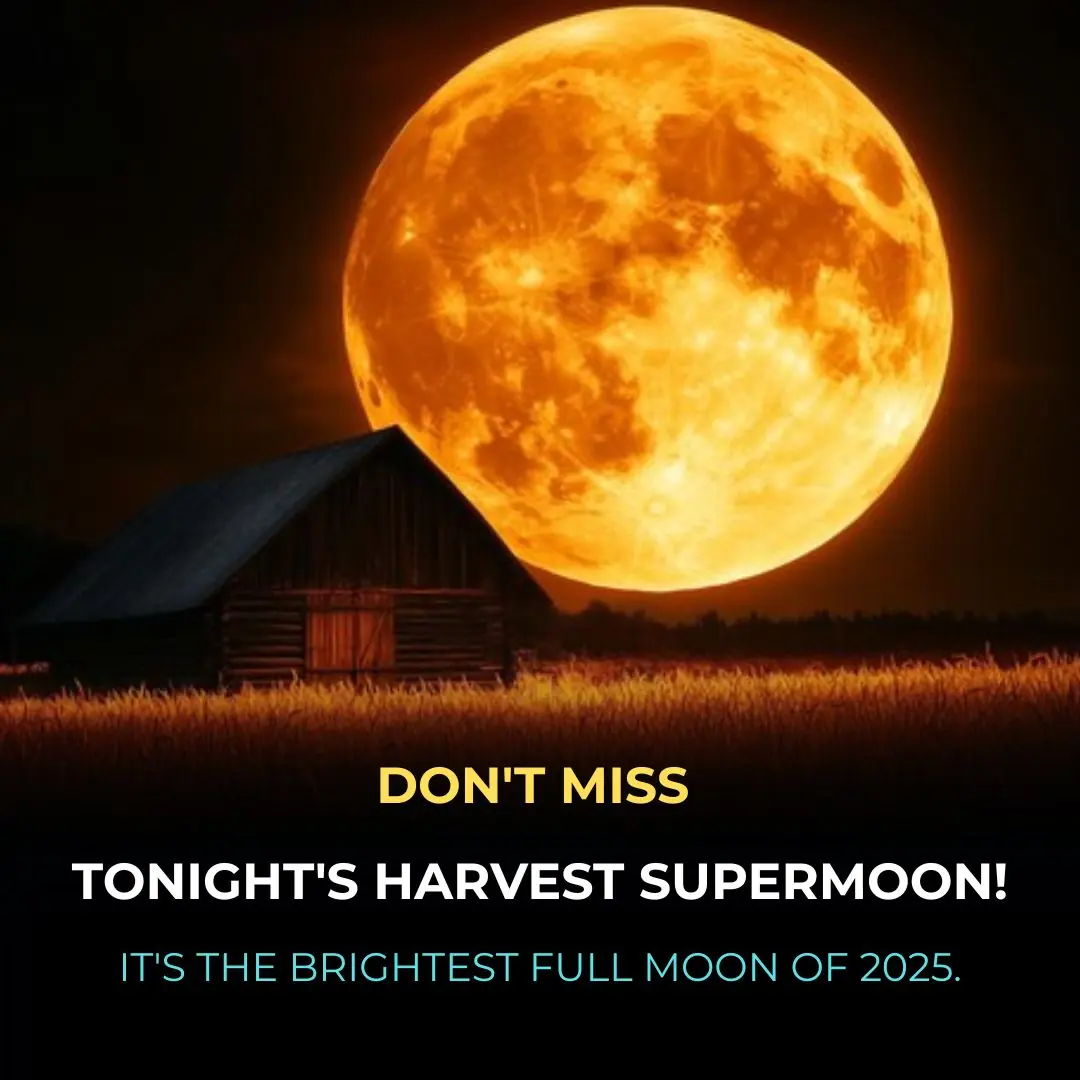
Prime views of the Andromeda Galaxy and Ceres—October 2
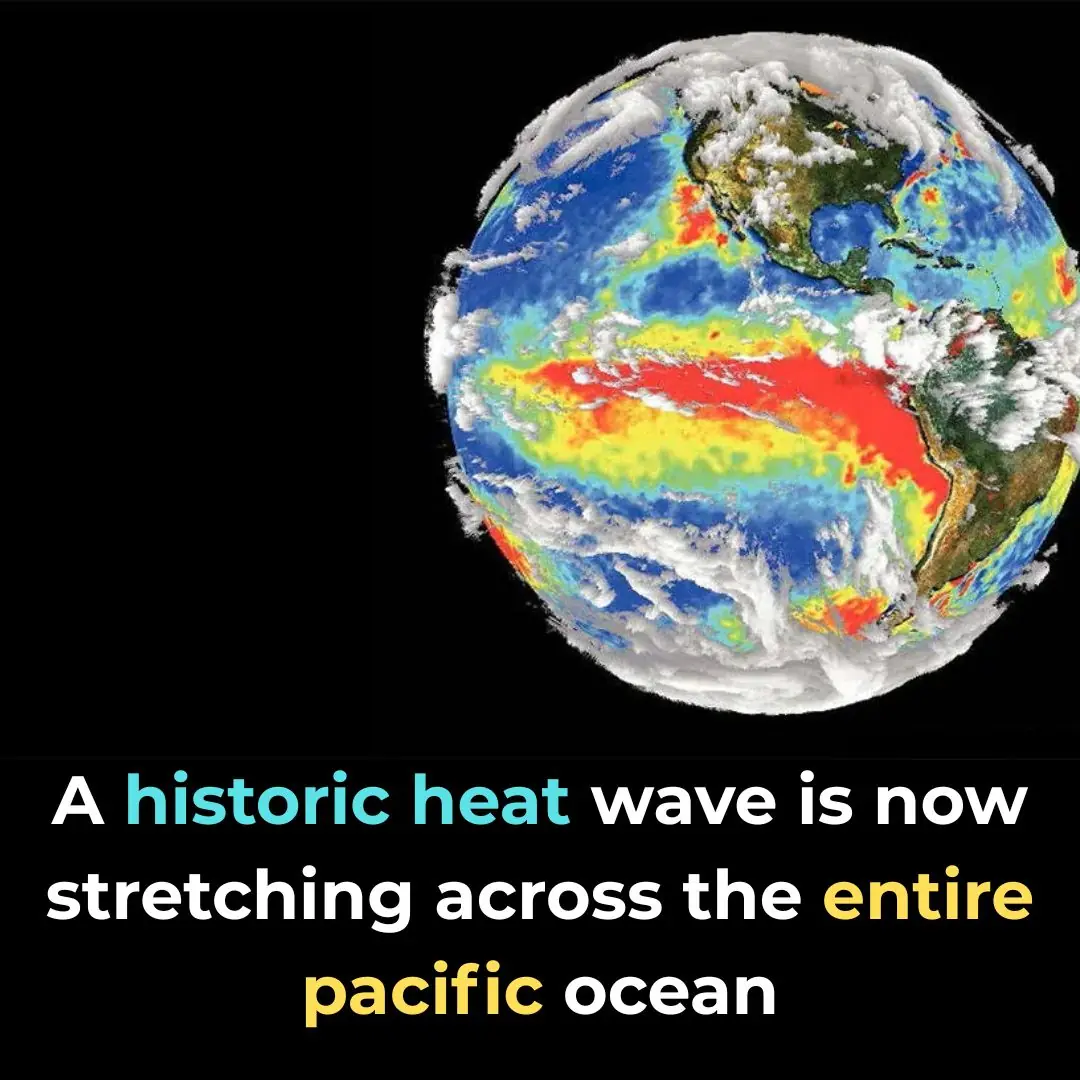
The Pacific Ocean Is Boiling: “The Blob” Marine Heatwave Returns Bigger and Hotter Than Ever
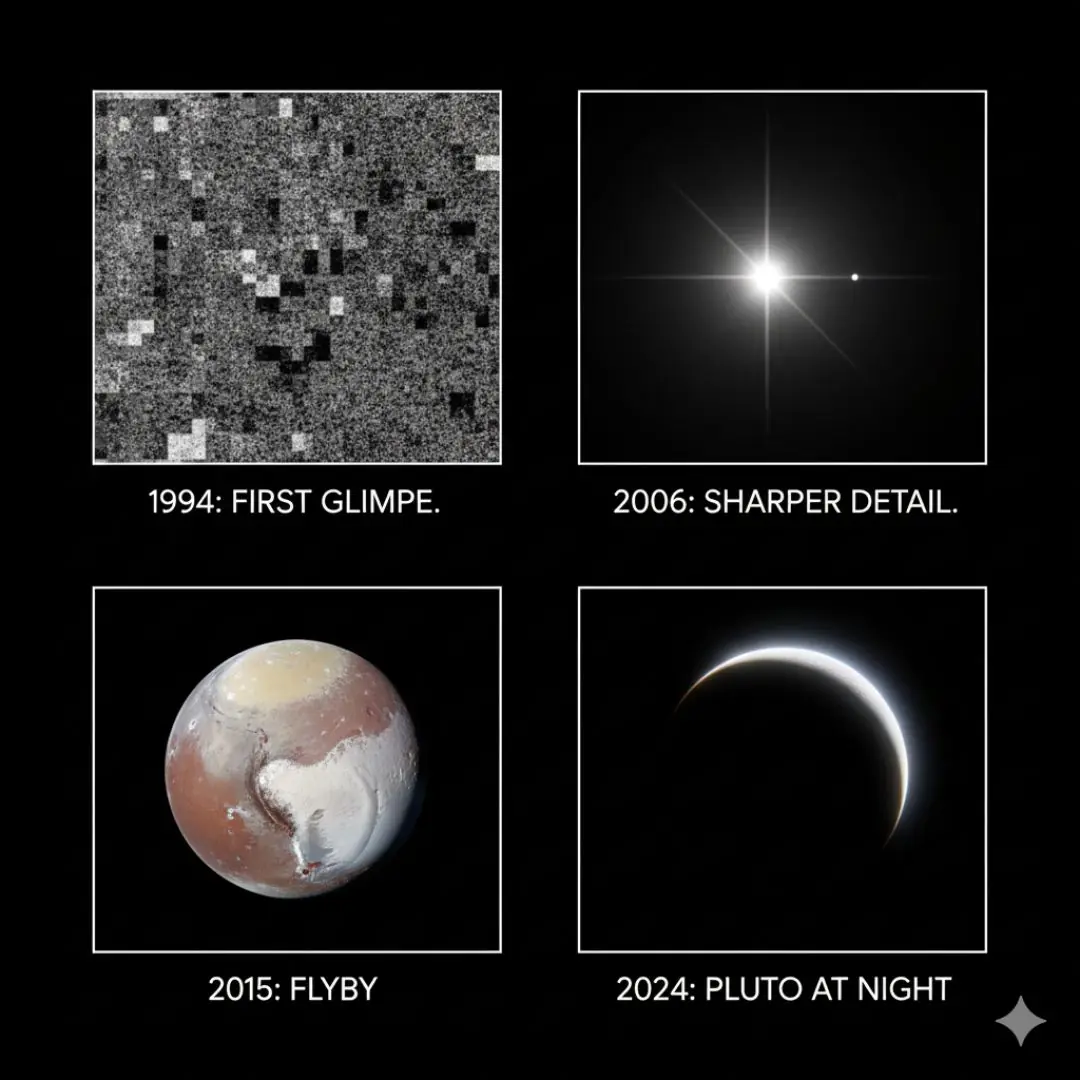
Pluto’s Secret Revealed: The Heart-Shaped World at the Edge of Our Solar System
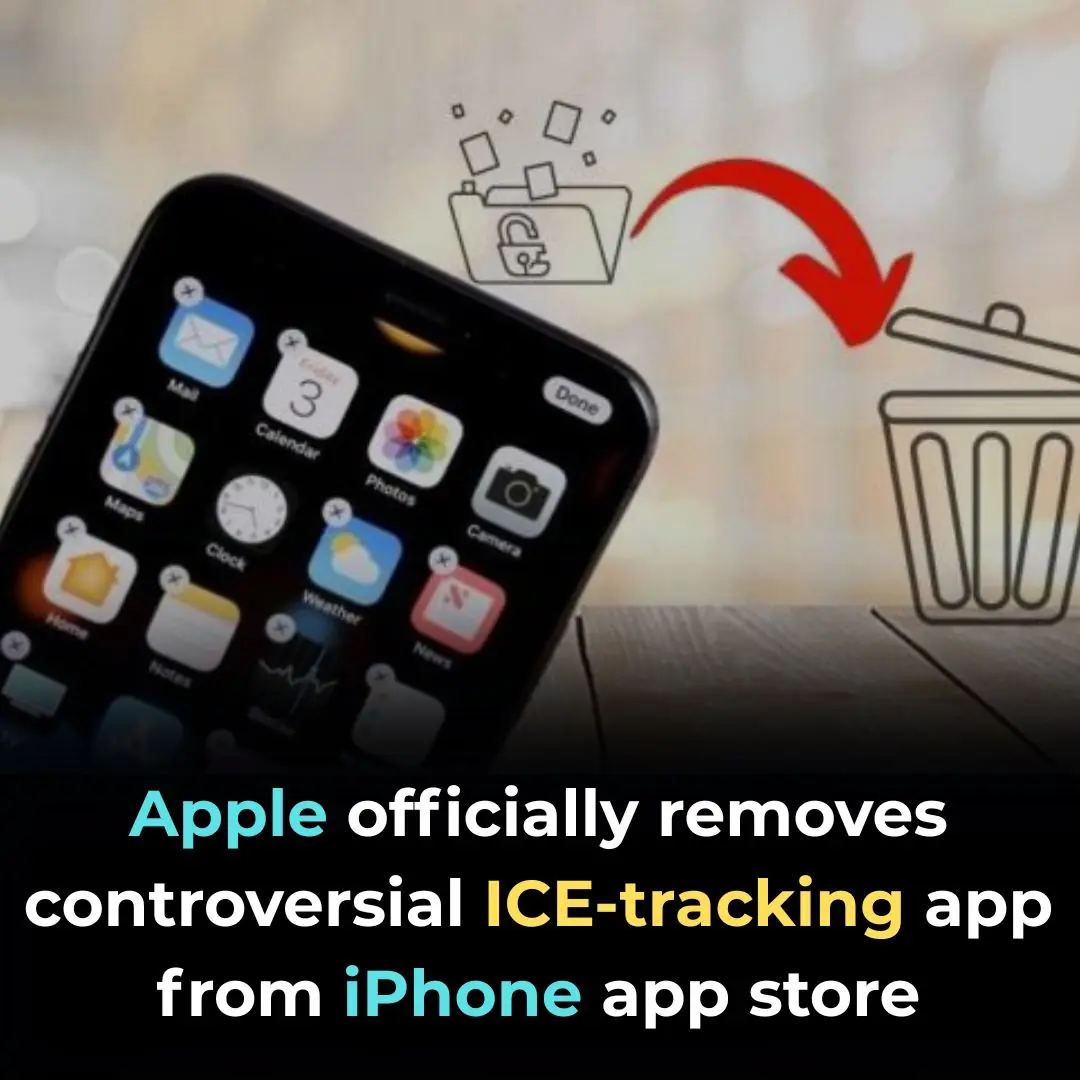
Apple officially removes controversial ICE-tracking app from iPhone app store

YouTuber reveals what really happens when you break ChatGPT's ethical guidelines

The Mystery of the Milk Bottle Dent

Pick Your Robin

Elon Musk Urges Millions to Cancel Netflix as Boycott Gains Viral Momentum
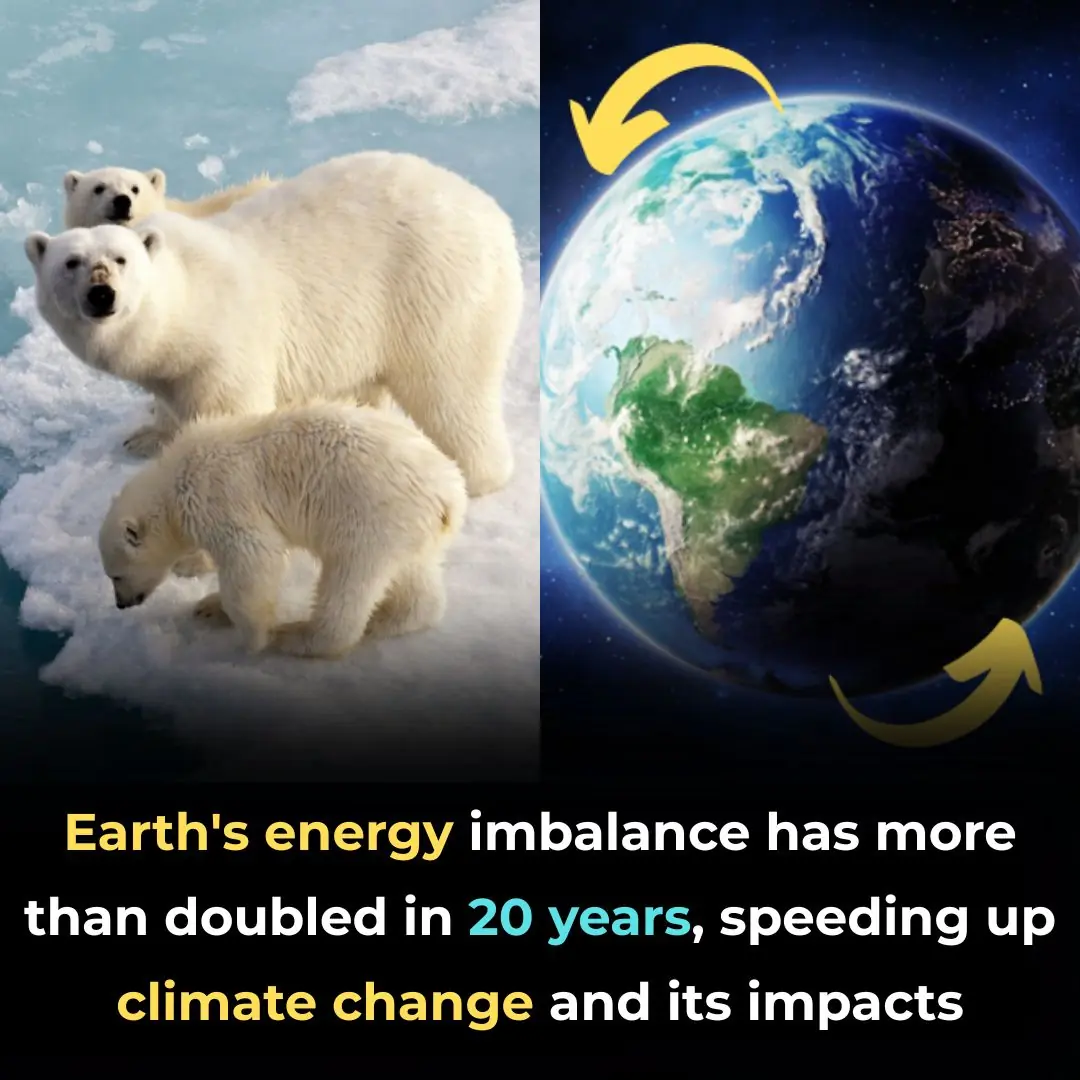
Earth’s Energy Imbalance Doubles Speeding Up Climate Change

15+ Things Women Find Unattractive in Men Over 50
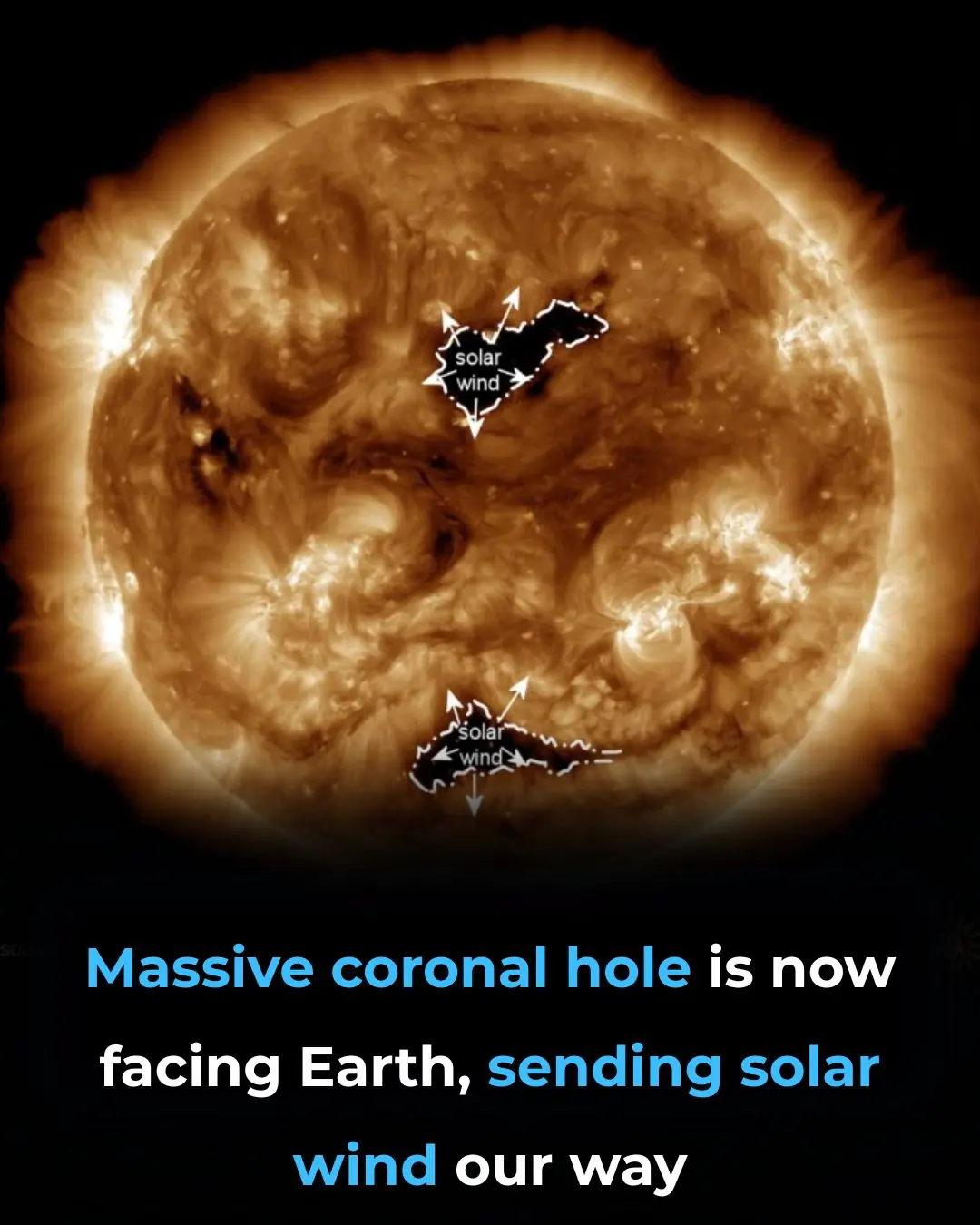
Strongest solar flare of 2025 erupts from sun, sparking radio blackouts across Europe, Asia and the Middle East (video)

Why Driest Desert on Earth Sometimes Blooms? And What Secrets Revealed?
News Post

A Wheelchair to the World: A Mother’s Plea for Her Brave Son, Matwej

The Girl Who Refuses to Stop Fighting: Milenka’s Fourth Battle for Life

The Girl Who Struck Oil: The Remarkable Life of Sarah Rector.

The Forgotten Founders of Hockey — and the Hidden History of Black Canada.

The Heart of Alain Delon — The Movie Legend Who Chose Compassion Over Fame.

The Boy Who Cut the Wrong Lawn — and Inspired the Right Kind of Kindness.

The Saint of Bailovo: The Beggar Who Gave Everything Away.

A Mother’s Heart: The Elephant Who Came Back to Life for Her Calf.

The Man Who Gave Away His Last Coins — and Taught Me What True Richness Means.

How to Grow an Apple Tree from SEED to FRUIT in 3 YEARS!

Basil flowers uses and benefits

Oregano: The Golden Herb for Eye Health

Purslane: The Superfood That Tastes Better Than Meat – 7 Reasons to Grow It in Your Garden

Crabgrass for Hair Loss: Natural Remedies and Uses

Cuban Oregano, Cloves & Turmeric: The Natural Remedy for Pain, Inflammation, and Immunity Boost

Lamb’s Quarters/Wild Spinach a superfood with health benefits

Crowfoot Grass Benefits: The Overlooked Weed With Powerful Healing Properties

🐜 Shocking Home Hack: Repel Pests with Toothpaste!

🌿 The Powerful Detox Smoothie That Fights Fatigue, Improves Memory & Restores Vision
